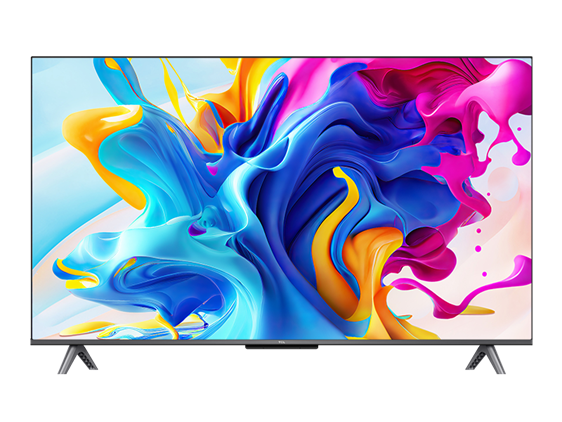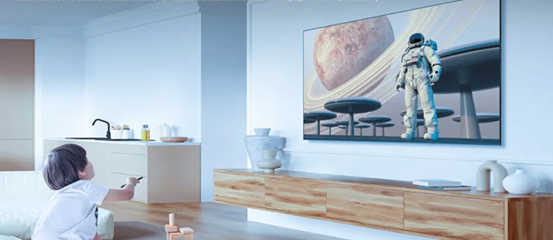In
the digital age, screen time has become an integral part of our daily lives,
especially for children. As parents, it's essential to consider the impact of
extended screen exposure on our kids' well-being. One way to address this
concern is by opting for low-blue TVs, which come equipped with features
designed to reduce the harmful effects of blue light emitted by screens.
The Benefits of Choosing Low-Blue TVs for Your Family
Protecting Your Children's Eyesight
Children's
eyes are more susceptible to damage from prolonged exposure to blue light
emitted by electronic devices. Low-blue TVs incorporate technology that filters
out a significant portion of blue light, mitigating the risk of eye strain,
discomfort, and potential long-term damage. By investing in a low-blue TV,
parents can take a proactive step in safeguarding their children's eyesight
during extended screen use.

Promoting Healthy Sleep Patterns
Excessive
blue light exposure, especially during the evening, can disrupt the body's
natural circadian rhythm and interfere with the production of melatonin, a
hormone responsible for regulating sleep. Low-blue TVs address this issue by
reducing the intensity of blue light emitted, making them a valuable choice for
evening screen time. Choosing a low-blue TV for your family's entertainment can
contribute to better sleep quality, ensuring that your children get the
restorative rest they need for overall well-being.
Minimizing Digital Fatigue
Extended
periods of screen time can lead to digital fatigue, characterized by symptoms
such as headaches, blurred vision, and difficulty focusing. Low-blue TVs aim to
alleviate these issues by incorporating settings that reduce the strain on the
eyes. By minimizing digital fatigue, parents can create a more comfortable and
enjoyable viewing experience for their children, making screen time a positive
and enriching activity.
Enhancing Learning Environments
With
the increasing reliance on digital tools for education, ensuring a conducive
learning environment at home is crucial. Low-blue TVs contribute to this by
offering a screen solution that supports a focused and comfortable learning
experience. By reducing eye strain and minimizing distractions associated with
prolonged screen use, low-blue TVs can enhance the effectiveness of educational
content, making the learning process more enjoyable and beneficial for young
minds.
Setting a Healthy Screen Time Routine
Establishing
a healthy screen time routine is vital for maintaining a balanced lifestyle for
your family. Low-blue TVs can be a helpful tool in achieving this goal by
providing a screen option that aligns with your values as a parent. By
incorporating low-blue technology into your entertainment choices, you send a
positive message about the importance of mindful screen use, helping your
children develop responsible digital habits from an early age.
Investing in Long-Term Well-Being
While
the digital landscape continues to evolve, prioritizing your family's
well-being remains a constant concern. Choosing a low-blue TV is an investment
in the long-term health of your children, addressing the potential risks
associated with excessive blue light exposure. As technology advances, the
importance of making informed choices regarding screen usage becomes
increasingly significant, and opting for a low-blue TV is a proactive step
toward ensuring a healthier digital experience for your family. With TÜV
Rheinland Low Blue Light and Flicker-Free certification, TCL TVs prioritize
your well-being while delivering stunning picture quality. You can check the qled tv price on the official website.

Conclusion
The
decision to invest in a low-blue TV reflects a commitment to prioritizing your
family's health and well-being in the digital age. By considering the potential
benefits of reduced blue light exposure, parents can make informed choices that
contribute to a positive and balanced screen time experience for their
children.
